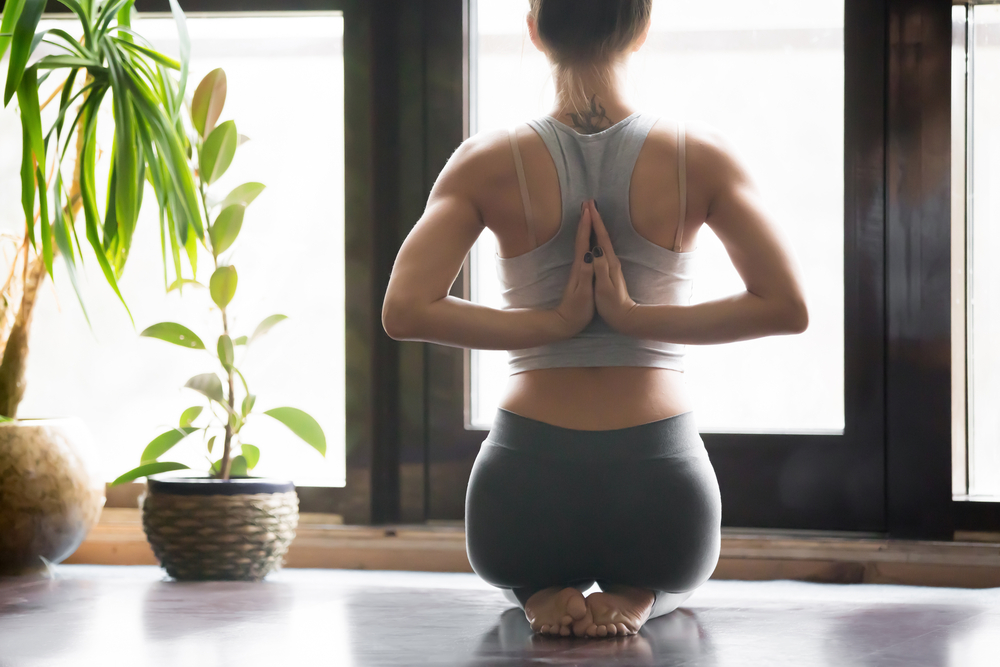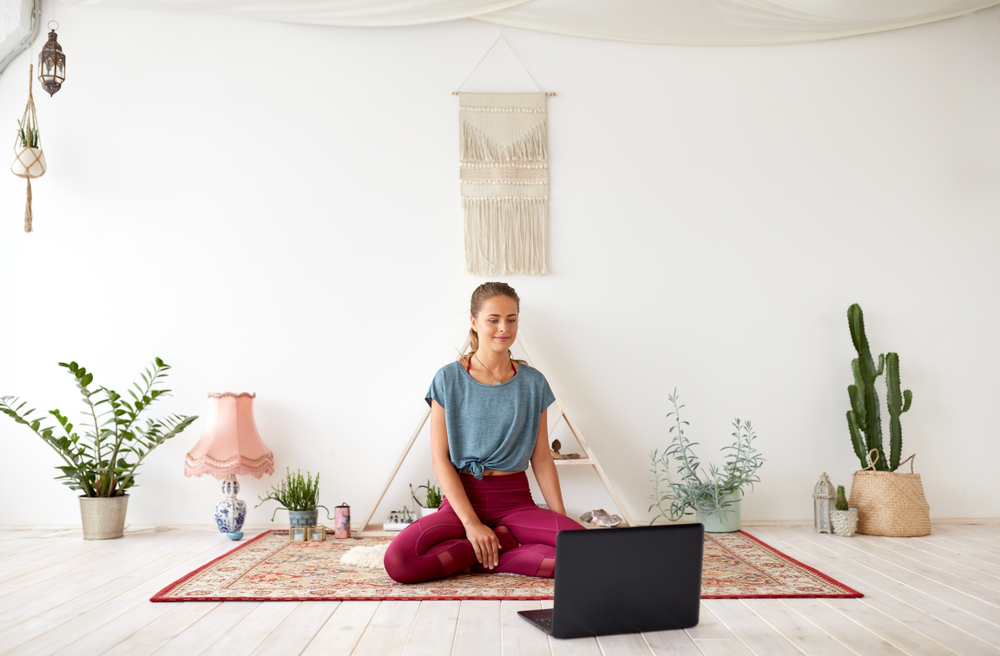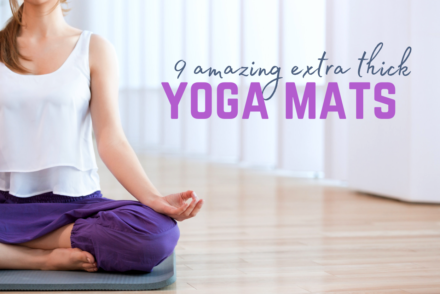Have you ever wondered how to design your own yoga room?
Have you ever stepped inside a yoga studio and just felt completely at peace? Well, you’ll be pleased to know that these spaces are designed to make you feel this way! If you’re wondering how to design your own yoga room – this post should help give you some ideas!
Whether it’s through décor, scent, or just some great lighting, yoga rooms are organized in such a way to make you feel as though you’ve just stepped through the gates of tranquility. If you’re wondering how to design your own yoga room – these tips should help!

So, what’s the big secret behind designing your own yoga room? What exactly do they possess that changes your mindset as soon as you step into them? Well, it’s all to do with design. Yoga spaces tend to be spacious, well-lit, and calm. However, you needn’t allocate a massive space if you want to design your own yoga room. Oh, no – you just need the right space, some great accessories, and the right materials. So, whether you’ve only got the corner of a bedroom or a full shed to dedicate to designing your own yoga room, we’re here to guide you through the process.
Simply read ahead for all the information you’ll need to design your very own yoga room!
Let’s get started, shall we?
So, what do I need to design my own yoga room?
Let’s find out how to make your own yoga room…
Tip 1: Select a space
The first thing you need to design your own yoga room is the perfect space, it’ll depend of course – whether you’re designing a yoga space for a group studio, or individual practice. Even if you only have a tiny corner to dedicate to at-home practice, it’ll work – we promise.
When creating a space at home: What matters is that the space is clean, free from mess, and large enough to get a great warrior pose going. Though it’s not entirely necessary, it’s nice to have a special area in the room dedicated to your yoga equipment also. So, when selecting a space, try to pick a corner or area in which you can store your yoga bits and bobs too. Trust us, it’ll come in useful.
If choosing a professional studio: Look for studios or rooms that have lots of floor space, in a bright, light environment. You’ll want the group space to be spacious, so your clients can move around freely without worrying about bumping or knocking each other. Look for smooth, safe flooring too (as lots of clients may practice in bare feet).

Tip 2: Consider flooring and your surroundings
Realistically, you’ll want a good wood floor when you design your own yoga room. Though you can use laminate or carpeting flooring, wooden flooring tends to work best due to its natural grip and smooth texture.
However, if you can’t change or select the type of floor you want for your own yoga room then don’t worry too much. As you’ll be using a yoga mat, you’ll just want to make sure the floor has enough grip and space to support your practice.
Tip 3: Get your essentials together
When you’re designing your own yoga room, you’ll want to kit it out with the essentials. As this will be your dedicated practice area, you’ll want to make sure you have everything that you’ll need within arms’ reach. Though our recommendations for equipment aren’t exhaustive, we highly suggest getting your hands on the items below as a starting point:

- Yoga mat (here’s a list of our list of our top yoga mats)
- Yoga blocks
- Yoga bolster
- Yoga blanket
- Straps
- Resistance Bands
- Mat wash
Again, we need to reiterate that this isn’t EVERYTHING that you may want when you’re designing your own yoga room, but all these accessories should have a place in your room! This is such an important tip when you learn how to design your own yoga room.
Tip 4: Find some great lighting
When you’re designing your own yoga room, you’ll want to source some great lighting. Though you can rely on natural light from windows, it’s also a good idea to get some lamps that emit a warm and calming hue. Whether that’s a Himalayan salt lamp or a dimming bulb, you’ll want a light source that encourages calm and tranquility.
Soft and natural lighting is key here. So, if you’ve been looking for a reason to replace those garish fluorescent lights now is your chance!
Though low light is great, just be sure to have a light source in the room. Practicing in the dark may feel like a cool thing to do, but it isn’t the safest choice! Another tip when learning how to design your own yoga room.

Tip 5: Make room for some extras
My next tip for how to design your own yoga room, it’s to make extra room if possible. When you’re deciding how to design your own yoga room, you’ll wan tot think about some great extras to really spice things up. Though they aren’t necessary, some nice plants can really add a great touch to a room. Equally, some awesome prints or inspirational quotes on the wall can keep you going through those tough poses.
And hey – if you’re looking to recreate that signature studio scent, why not invest in an essential oil diffuser? Not only are they reasonably priced little gadgets, but they can also immediately transport you when you switch them on!

Tip 6: Try and keep things eco-friendly
If possible, try and keep your products as eco-friendly as possible. Cork is an excellent material to use when it comes to your mats and your blocks, and as yoga is meant to be about mindfulness it’s well worth considering our precious planet when designing your own yoga room! I’ve created a list of my favorite cork yoga mats here.
Tip 7: Grab something to stream classes on
When you’re designing your own yoga room, you may wish to put a TV or media source into the room. Though you may be proficient enough with the artform to create your own yoga classes, you may want to stream some YouTube classes or DVDs too!
So, if you want to do this, be sure to pop a TV or computer into the room so that you’re never stuck without a great class to follow on those particularly stressful days.

Tip 8: Think about sound sources
Though it’s not necessarily something that falls under designing your own yoga room, you may wish to place a small speaker or sound source in the room to play some great meditative music during your sessions. Sound can be truly transportive, so it’s an excellent way to up the ante in your yoga studio if you’ve got the scope to do so.
Whether you’re an experienced yogi that wishes to move things home for the time being or you’re a beginner who’s looking for a tranquil yoga space at home, designing your own yoga room can really take your experience to the next level. As yoga is quite an individual activity, it can be nice to have a dedicated space to relax and unwind in. With your very own room, you’re likely to push yourself further and truly commit.




